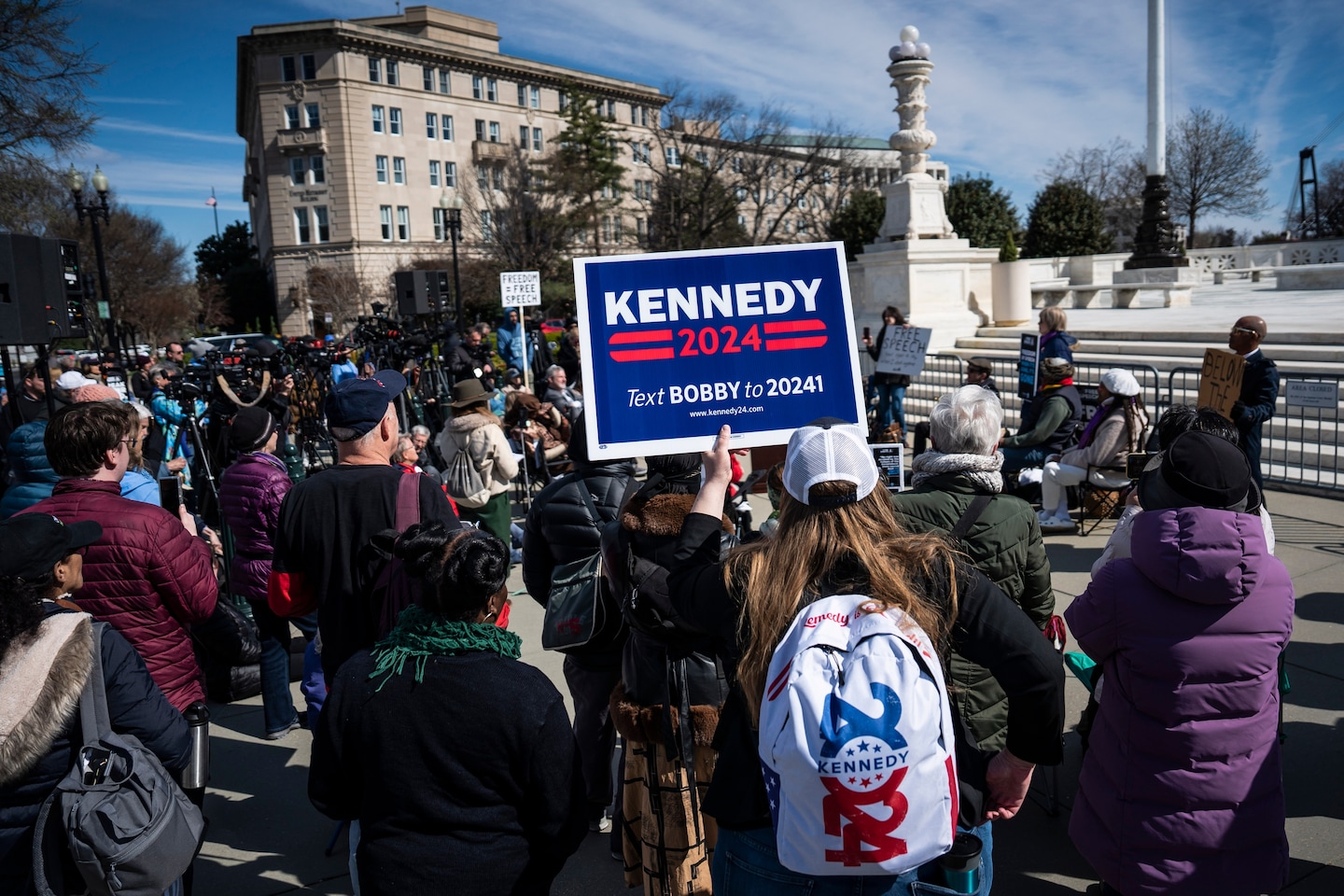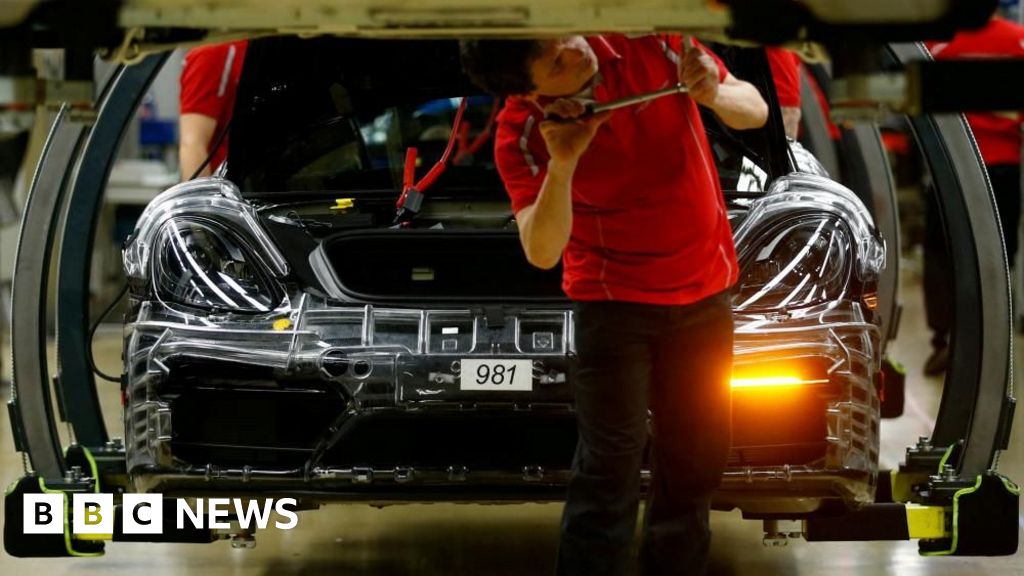
Can an independent or third-party candidate win the presidency?
- Politics
- July 23, 2024
- No Comment
- 133
Third-party candidates, like independents Robert F. Kennedy Jr. and Cornel West, give voters dissatisfied with their major-party options an alternative — even if those options stand no real chance of winning the presidency. Still, getting on the ballot as a third-party candidate is hard. Both Democratic- and Republican-affiliated groups have already challenged some third-party bids to get on the ballot. Each state also has its own procedure — which is often expensive and difficult — for getting on the ballot, further complicating the efforts.
States typically require minor parties — such as the Libertarian and Green parties — to have earned a specific share of the vote in a previous election or have a certain number of registered voters to maintain their place on ballots. They can then nominate a candidate the same way as Democrats and Republicans do. Candidates not affiliated with a party, however, such as Kennedy and West, face a higher barrier to entry. They must gather a certain amount of signatures from registered voters who believe they should be on the ballot, and a filing fee — or both — in many states to qualify.
Here is where third parties and independent candidates are on the ballot, according to state election officials, including in the seven battleground states most likely to determine the outcome of the election:
How he is getting on the ballot: Kennedy has promised to make it onto all 50 states’ ballots, with his campaign spending millions to employ a horde of signature collectors to gain access and a legal team to confront court challenges, but so far has qualified for only six state ballots. He has also pursued out-of-the-box tactics like forming new political parties, which is an easier way for independent candidates to gain ballot access as fewer signatures are required. Kennedy’s running mate, Nicole Shanahan, also has pledged to give millions of dollars for their ticket.
Kennedy tried to speed up his aggressive ballot access effort ahead of the first presidential debate to get on enough states’ ballots to make it onto the stage but was unable to reach the debate stage requirement.
His pitch to voters: Kennedy’s broad pitch to voters has mainly revolved around his opposition to coronavirus mandates and vaccines, which he says has put him at odds with establishment figures. He claims the Democratic and Republican options are the same, and he can offer an alternative.
How he is getting on the ballot: West has navigated some of the same difficult terrain of getting on states’ ballots as Kennedy. But he has had far less money at his disposal to fund his efforts, even though he has used some of the same tactics as Kennedy, such as creating his own political party and accepting the nomination of other minor parties. West is on the ballot in four states but none of them are battleground states.
Notably, West initially ran under the Green Party banner, but he left the party in October to launch his independent bid. If he had remained in the party, he probably would have had greater ballot access, as the Green Party is on the ballot in 19 states, including three of the seven battleground states.
His pitch to voters: As a progressive activist, West has focused much of his campaign on opposing the Israel-Gaza war, and he has blamed the Biden-Harris administration for its support of Israel. He has also proposed redistributing resources to aid poor and minority populations, which would include a tax on the wealthy and raising the minimum wage.
How it is getting on the ballot: The Libertarian Party, the third-largest political party in the country, is the third party on the ballot in most states. However, a contentious convention where nominee Chase Oliver was selected after seven rounds of voting may hurt the party’s unity.
Oliver won with about 60 percent of the delegates’ vote, but only after a heated struggle between feuding factions. Colorado’s Libertarian Party has already pledged to nominate Kennedy instead of Oliver, and other state parties may block him from being named on their state’s ballot.
The party’s pitch to voters: The party emphasizes individual liberty from government intervention and has historically appealed to a small fraction of the electorate. In 2016, former New Mexico governor Gary Johnson won 3 percent of the vote, the best result the party’s nominee has achieved in the party’s 50-plus-year-history, but in 2020, party nominee Jo Jorgensen received about 1 percent.
How it is getting on the ballot: The Green Party has not officially nominated Jill Stein, but she is expected to once again win the party’s nomination at its convention in mid-August. To get on as many state ballots as possible, Stein is using both the Green Party’s ballot access in the states where it has it while also petitioning for access as an individual candidate.
In 2016, Stein got about 1 percent of the vote, more than Trump’s winning margin in some key states. In 2020, the party’s then-nominee Howie Hawkins received around 0.2 percent of the vote.
The party’s pitch to voters: The Green Party is known for its support of left-leaning politics, such as shifting the country to renewable energy and reparations for Black people, and Stein, like West, has also appealed to pro-Palestinian voters.
How he is getting on the ballot: The Constitution Party nominated antiabortion activist Randall Terry in April, and Terry has been petitioning for ballot access in states where the party does not have a ballot line, he told The Post.
His pitch to voters: Terry, the founder of the antiabortion group Operation Rescue, has previously garnered headlines for creating spectacles, like blocking patients from abortion clinics and producing graphic advertisements featuring pictures of aborted fetuses. The Constitution Party is a conservative group dedicated to limiting the federal government to its functions outlined in the Constitution.
#independent #thirdparty #candidate #win #presidency








